The Conclave Begins: Electing The Next Pope
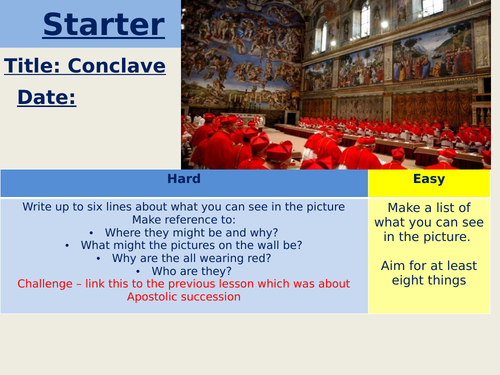
Table of Contents
Understanding the Papal Conclave: History and Tradition
The Papal Conclave, the process by which a new Pope is elected, boasts a rich and evolving history. Early methods of papal election were often tumultuous and susceptible to political influence. Initially, the entire clergy and even the Roman populace might participate, leading to chaotic and sometimes violent outcomes. The formalization of the Conclave system aimed to bring order and solemnity to the process.
- Early methods of papal election: These ranged from acclamation to more formalized voting systems, often heavily influenced by powerful factions within the Church.
- The introduction of the Conclave system: The precise origins are debated, but the system gradually solidified over centuries, moving from informal gatherings to the more structured process we know today. The intention was to create a more secluded and contemplative environment conducive to prayer and discerning God's will.
- Significant reforms throughout history: The 1975 Apostolic Constitution Romano Pontifici Eligendo introduced crucial changes, including limiting the electors to Cardinals under 80 years old and clarifying the voting procedures. This aimed to modernize the process while retaining its core traditions.
- The role of the College of Cardinals: The College of Cardinals, the body of senior Catholic clergy appointed by the Pope, is central to the Papal Conclave. They are the sole electors, embodying the Church's wisdom and experience.
The Papal Conclave holds profound significance within the Catholic faith. It represents a pivotal moment of transition, a time of prayer and discernment as the Church seeks divine guidance in choosing its next leader. The outcome of the Papal Election impacts global Catholicism, influencing millions of believers worldwide and shaping the Church's direction for years to come. The Vatican City, the center of the Catholic world, becomes a focal point during this period, drawing global attention and anticipation.
The Process of the Papal Election: Steps and Procedures
The Papal Election unfolds in distinct stages, beginning with the sede vacante period—the time between the death or resignation of a Pope and the election of his successor. This period is overseen by the Cardinal Camerlengo, who acts as administrator of the Vatican.
- The role of the Cardinal Camerlengo during the sede vacante: The Camerlengo manages the Vatican's affairs, prepares for the Conclave, and ensures the smooth transition of power.
- Preparation of the Sistine Chapel for the Conclave: The Sistine Chapel, a significant location within Vatican City, undergoes rigorous preparation, transforming into a secure and secluded space for the cardinals.
- The oath of secrecy taken by the Cardinals: Before the Conclave begins, each Cardinal takes a solemn oath to maintain absolute secrecy regarding the proceedings.
- The voting process itself, including the use of ballots and the burning of ballots: Secret ballots are used, and the results are tallied. White smoke signifies the election of a new Pope; black smoke indicates that no consensus has been reached.
- The final announcement of the new Pope: Once a Pope is elected, the announcement of "Habemus Papam!" ("We have a Pope!") is made from the balcony of St. Peter's Basilica, marking the culmination of the Conclave and the beginning of a new papacy.
The meticulous procedures, governed by the Conclave rules, ensure fairness and order in the process. These rules, refined over centuries, aim to facilitate a prayerful and discerning choice, free from external pressures. Keywords like Sistine Chapel, Cardinal Camerlengo, Habemus Papam, and Conclave rules highlight the specific terminology associated with this unique event.
The Cardinals: Electors of the Next Pope
The Cardinals, as electors in the Papal Conclave, play a crucial role in shaping the future of the Catholic Church. Their collective wisdom and discernment are essential in selecting a leader capable of guiding the global community.
- The criteria for becoming a Cardinal: Cardinals are typically high-ranking clergy chosen for their exceptional service, theological scholarship, and pastoral leadership.
- The process of Cardinal selection by the Pope: The Pope personally appoints Cardinals, exercising his judgment and considering the needs of the Church globally.
- The different roles Cardinals play within the Church: Cardinals hold various roles, from leading dioceses to serving in key Vatican departments.
- The influence of different Cardinals on the election process: The views and influence of individual Cardinals can impact the Conclave's outcome, though the final decision rests upon the collective judgment of the electors.
The College of Cardinals, comprising Cardinal electors, represents a diverse body of experienced leaders, reflecting the global nature of the Catholic Church. Papal appointments to the College of Cardinals are carefully considered, shaping the composition and potential outcomes of future Papal Conclaves.
Secrecy and Speculation Surrounding the Conclave
The secrecy surrounding the Papal Conclave is a long-standing tradition, vital for maintaining the integrity of the election process.
- The historical reasons for maintaining secrecy: Secrecy protects the cardinals from undue influence and ensures a free and unconstrained deliberation.
- The challenges of maintaining secrecy in the modern age (media, social media): In today's interconnected world, maintaining complete secrecy presents significant challenges due to the pervasive influence of media and social media.
- The speculation and media coverage surrounding the Conclave: Despite the efforts to maintain secrecy, intense speculation and media coverage invariably accompany the Conclave, with news outlets and social media platforms providing continuous updates and analyses.
- The ethical considerations of media coverage: The media's role requires careful consideration of ethical implications, striking a balance between public interest and respect for the sanctity of the Conclave.
The Conclave secrecy has been a subject of debate, balancing the need for transparency with the requirement for a serene and undisturbed environment conducive to prayer and thoughtful consideration. Media coverage of the Papal Conclave has become a global phenomenon, emphasizing the significance of this event and its impact on the Catholic Church worldwide. The careful management of information concerning Vatican information is crucial during this period.
Conclusion
The Papal Conclave, a process rich in history and tradition, is a pivotal moment for the Catholic Church globally. Understanding the steps involved, the roles of the Cardinals, and the significance of the secrecy surrounding the event provides valuable insight into this significant event. The election of the next Pope is a matter of great importance to billions worldwide, and following the intricacies of the Papal Conclave offers a fascinating look into the workings of the Vatican. To stay updated on the latest news and developments concerning the current Papal Conclave, continue to follow reputable news sources and analyses focusing on Vatican City and the Catholic Church.

Featured Posts
-
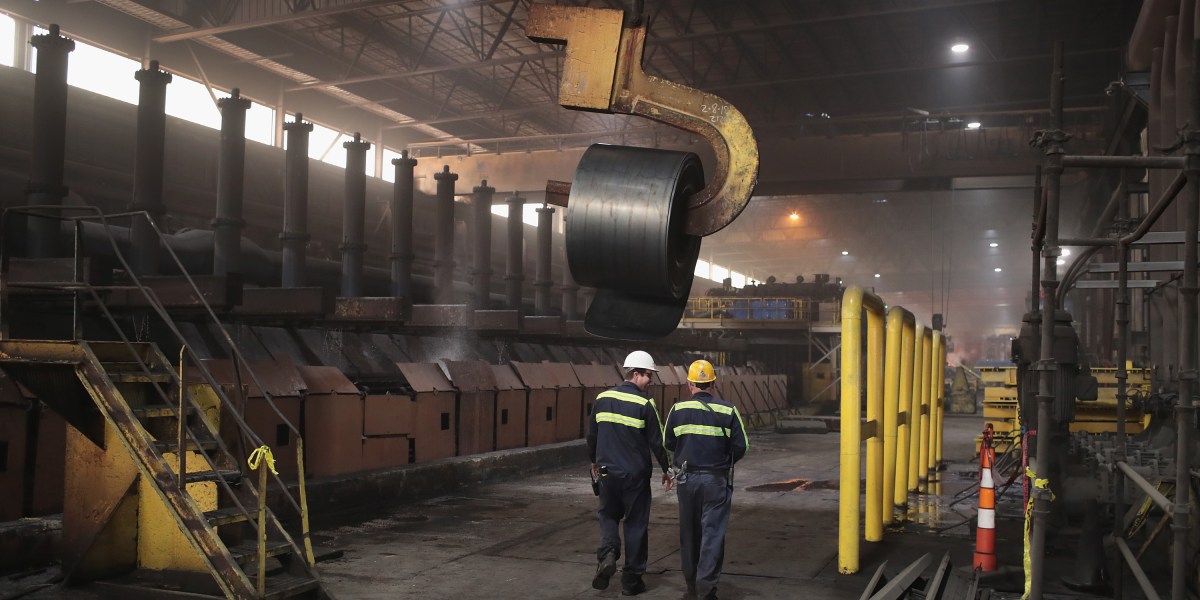 The Us Tariff Impact On General Motors Canadian Manufacturing
May 08, 2025
The Us Tariff Impact On General Motors Canadian Manufacturing
May 08, 2025 -
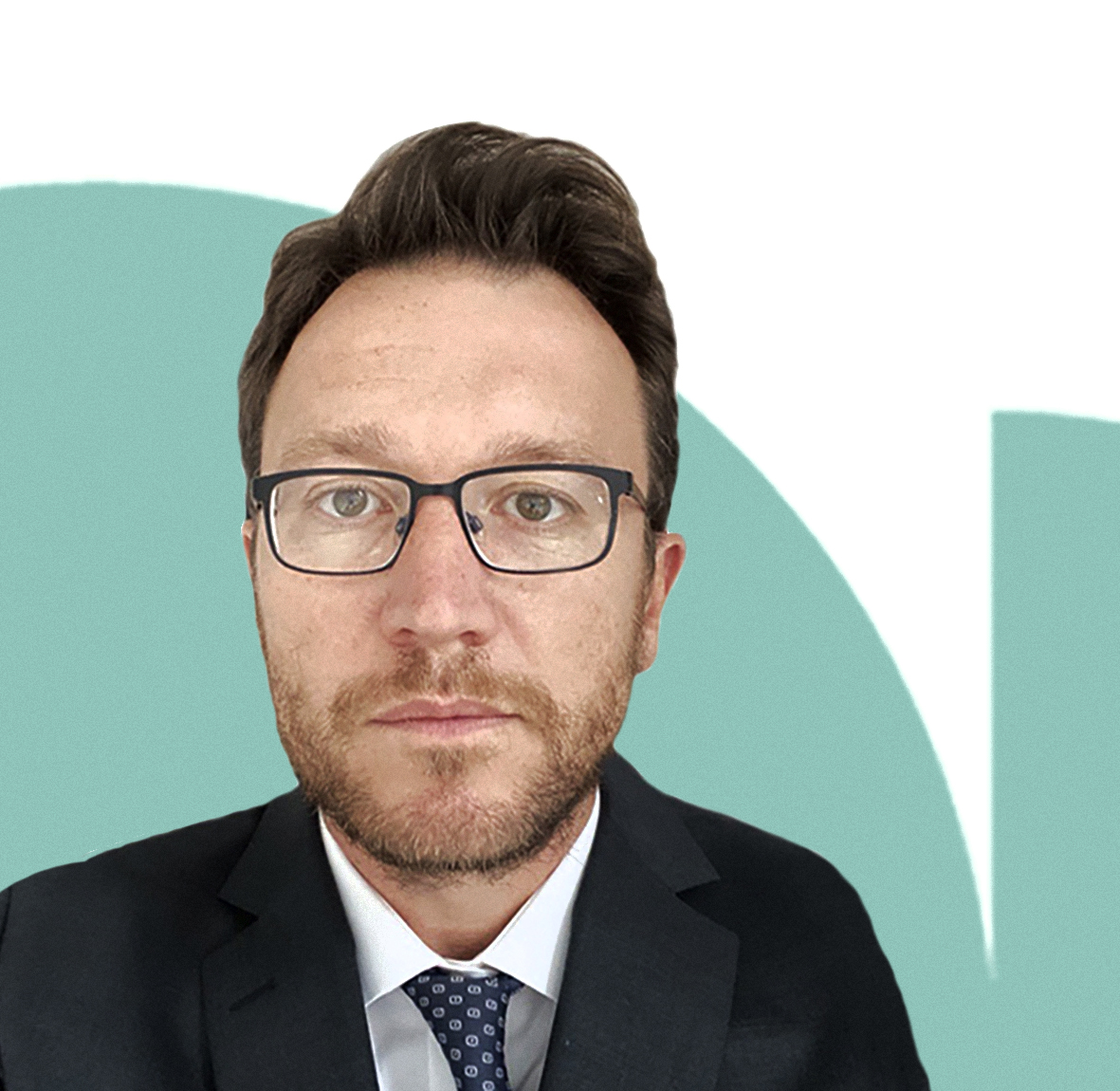 Exclusive Disgraced Ex Goldman Sachs Partner Targeted In Malaysian 1 Mdb Extradition Bid
May 08, 2025
Exclusive Disgraced Ex Goldman Sachs Partner Targeted In Malaysian 1 Mdb Extradition Bid
May 08, 2025 -
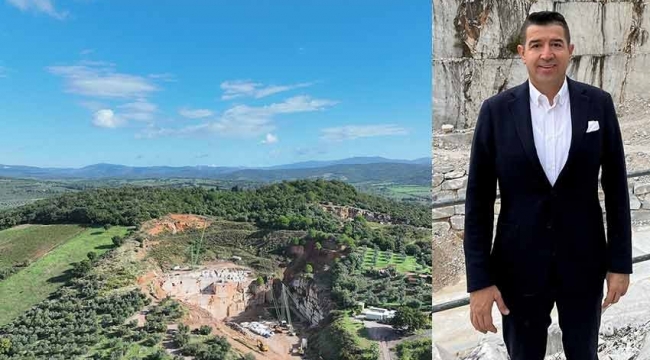 Bitcoin In Madencilik Doeneminin Sonu Gercekler Ve Tahminler
May 08, 2025
Bitcoin In Madencilik Doeneminin Sonu Gercekler Ve Tahminler
May 08, 2025 -
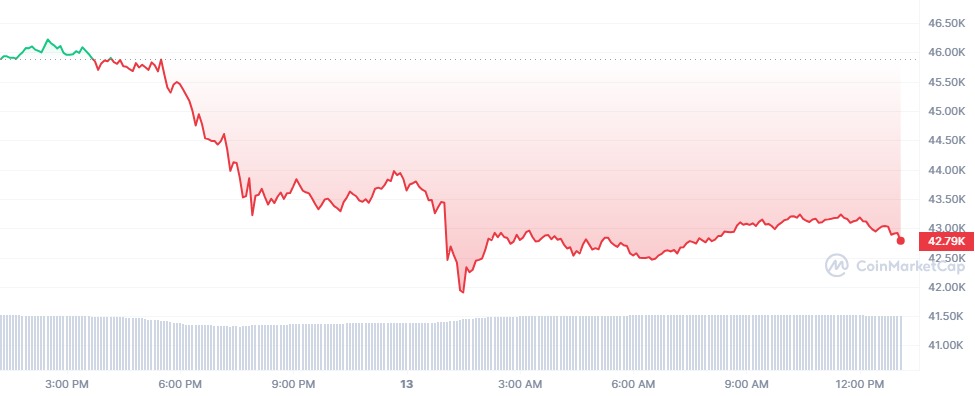 Bitcoin Madenciligi Karlilik Duesuesuenuen Sebepleri Ve Gelecegi
May 08, 2025
Bitcoin Madenciligi Karlilik Duesuesuenuen Sebepleri Ve Gelecegi
May 08, 2025 -
 Dwp Benefit Changes Impact On Claimants From April 5th Onwards
May 08, 2025
Dwp Benefit Changes Impact On Claimants From April 5th Onwards
May 08, 2025
